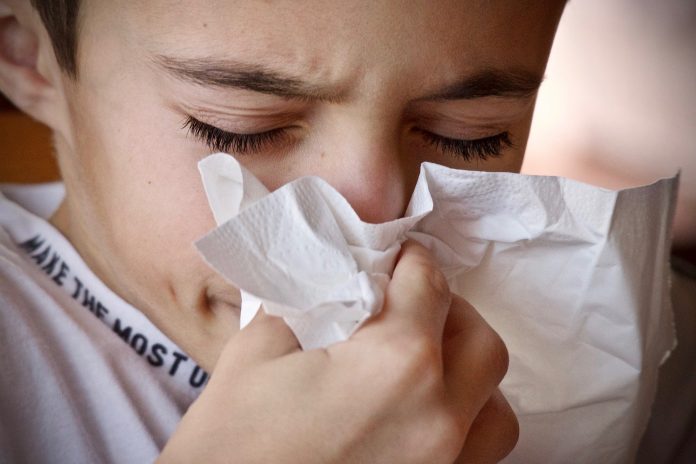What is Dust?
The Oxford English Dictionary defines dust as: “Fine, dry powder consisting of tiny particles of earth or waste matter lying on the ground or on surfaces or carried in the air.” The tiny particles that make up dust can be produced by a diverse variety of sources and activities. Some examples of particles commonly found in dust include:
- Biological matter including human skin
- Skin cells from pets (also known as “dander”)
- Soil
- Particulate matter from smoking
- Fibres from carpet, bedding and clothing
- Food debris (especially in the kitchen and dining room)
- Dust mites
- Pollen
How Does Dust Affect Indoor Air Quality?
Research has shown that dust can have quite a negative effect on indoor air quality. In fact, one study from the EPA has revealed that the level of indoor pollutants can be up to five times higher than outdoor levels. This is a highly pertinent fact given that we spend 90% of our days inside. Poor air quality has been linked with a range of symptoms such as bronchitis, frequent headaches, long-lasting colds and chronic asthma.
What is the Connection Between Dust and Allergies?
Allergies happen when an individual’s immune system responds to a foreign substance. Most often this reaction is caused by dust mites, however, it may also be triggered by other particles present in the dust. Even the smallest quantities of dust may prompt an allergic reaction. Symptoms of a dust allergy may vary in severity and include sneezing, a runny nose, wheezing and difficulty breathing.























